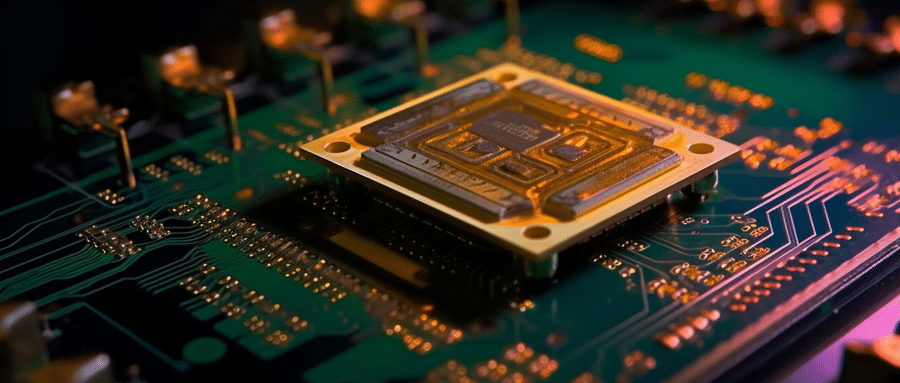Decoding PCB Silkscreen: Analysis of Its Role, Creation Process, and Graphic Guidelines
The importance of a Printed Circuit Board (PCB) in any electronic device is unquestionable. Yet, are we thoroughly acquainted with every aspect of its intricate design, such as the PCB Silkscreen layer? This article offers a comprehensive analysis of what PCB Silkscreen is, how it’s created, its purpose, and helpful design guidelines.
Firstly, PCB Silkscreen is a layer of ink traces applied on the PCB to denote vital information for assemblers, testers, and service personnel. It contains a multitude of details like test points, polarity marks, component identifiers, manufacturer logos, and even barcodes, all aiming at easing the assembly, testing, and troubleshooting of a PCB.
The creation of a PCB Silkscreen follows a precise process, typically after the solder mask layer has been applied. It can be produced through conventional screen printing or more modern methods such as Liquid Photo Imaging (LPI) or Direct Legend Printing (DLP).
- Screen Printing: A stencil of the silkscreen image is produced and ink is wiped across the stencil, causing the ink to press through to the board in the necessary areas.
- LPI: The PCB is covered with ink photoimageable to UV light. The silkscreen image is printed onto a clear film and then placed on the PCB. The UV light source passes through the film, exposing the ink where the design is. After exposure, the unexposed ink is removed with developing solution, leaving the required traces on the PCB.
- DLP: A print head shoots tiny droplets of opaque ink onto the surface of the PCB, which then polymerizes and hardens for permanence.
However, while designing the Silkscreen, adherence to certain guidelines is vital to maintain its effectiveness and legibility:
- Optimum Font size: Ensure that text is large enough to be easily readable and small enough to fit the space.
- Sufficient Spacing: Maintain a clear space around the pads for components to correctly place them.
- Component Orientation: Ensure all components’ placement matches their silkscreen symbols and their polarity or orientation marks are clear.
To sum it up, the PCB Silkscreen is integral to the PCB production process – it makes it easier to locate and identify components, inspect and test circuits, and troubleshoot possible problems. The creation process and design rules are aspects one must familiarize oneself with to maximize its potential.

This comprehensive walkthrough of the PCB Silkscreen world is beneficial to academics, professionals, or anyone else interested in the details of this pivotal aspect in PCB engineering. Understanding, appreciating, and mastering the nuances of PCB Silkscreen can significantly enhance one’s competence in the electronics field.
PCB Silkscreen FAQ:
- What is a PCB Silkscreen?
A PCB silkscreen is often applied to the top and/or bottom sides of the PCB and contains printed details that aid in board assembly and servicing. Details might include component designators, switch settings, test points or other helpful details. - How important is Silkscreen in PCB Design?
Silkscreen is significant in PCB design as it aids in the assembly process, allows for easier troubleshooting, and helps identify components accurately. It’s particularly important when manual soldering is needed as it guides the operator in placing the components correctly. - What type of ink is used in PCB silkscreen?
The ink used in PCB Silkscreen is typically a non-conductive epoxy-based ink. In recent times, Liquid Photo Imaging (LPI) is often used due to its finer resolution and mechanical durability. - What are the most common colors of silkscreen?
The most common colors for silkscreen are white and black, but other colors such as yellow, red, and blue can also be used. The choice of color depends on the color of the solder mask for contrast. - What are the different techniques of applying silkscreen?
The three most common techniques are Manual Screen Printing, Liquid Photo Imaging (LPI) and Direct Legend Printing (DLP). The choice depends on budget, the level of detail required, and production volume. - What is the process of PCB Silkscreen Printing?
Silkscreen printing process involves creating a stencil for the layout and then forcing appropriate ink through the stencil to the board. After applying the ink, the board is passed through a curing oven to harden the ink. - What information is included in the silkscreen layer?
The silkscreen layer typically includes reference designators, component values or polarities, company logos, manufacturing date, board version and other information needed to aid in assembly. - Can I skip the silkscreen process?
Yes, it’s technically possible to skip the silkscreen process, but it’s generally not recommended due to the lack of identification and placement help it provides. It’s considered an essential part of high-quality, professional PCB production. - Can multicolored silkscreens be used on a single PCB?
While possible, it’s typically not used due to the increase in production time and cost. Each color would need its own stencil and curing process, which would result in additional expense and production time. - How can I design a good silkscreen?
A good silkscreen design should be clear, legible, and accurately placed related to the components. Using software with silkscreen error checks can ensure clear and precise labeling. Lastly, working with an experienced PCB manufacturer will help in optimizing the silkscreen process for your design.























